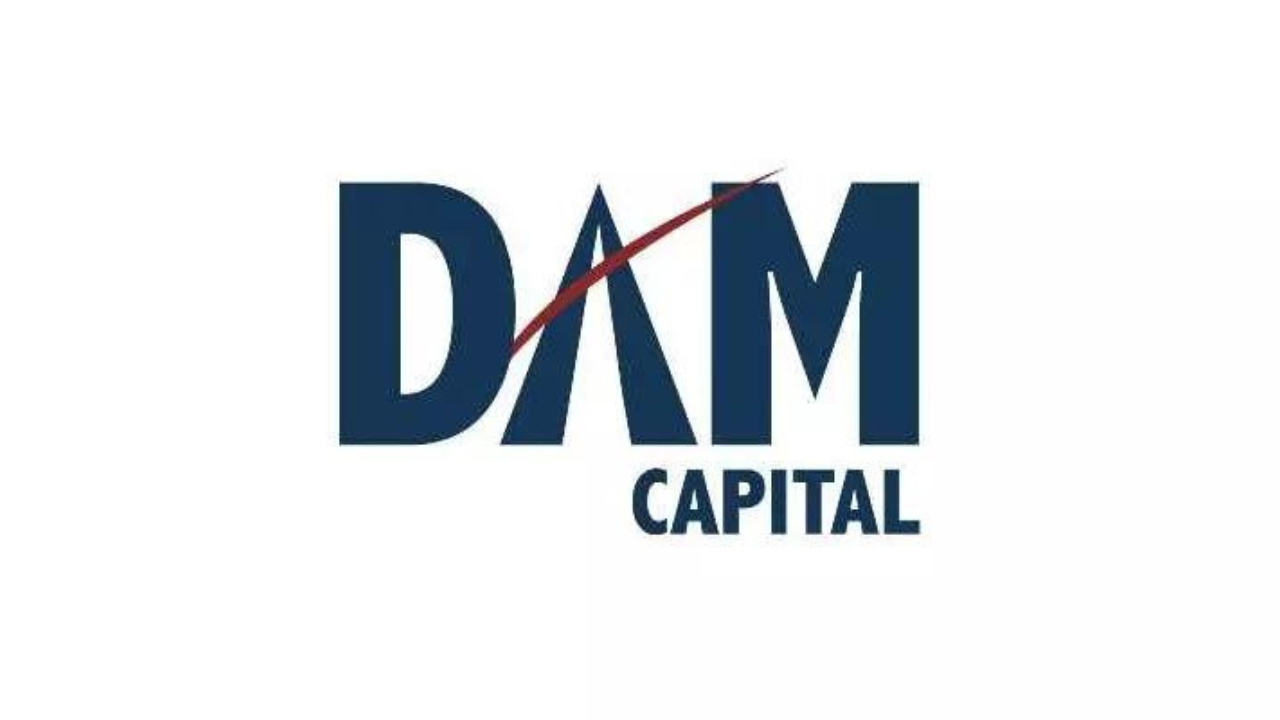What’s behind the fear campaign about AI?
This technology is useful, and there is money and power at stake – so fearmongering presents an opportunity.


Doomsaying is an old occupation. Artificial intelligence is a complex subject. It’s easy to fear what you don’t understand. These three truths go some way towards explaining the oversimplification and dramatisation plaguing discussions about AI.
On May 30, outlets around the world were plastered with news of yet another open letter claiming AI poses an existential threat to humankind. This letter, published through the nonprofit Center for AI Safety, has been signed by industry figureheads including Geoffrey Hinton and the chief executives of Google DeepMind, Open AI and Anthropic.
However, I’d argue a healthy dose of scepticism is warranted when considering the AI doomsayer narrative. Upon close inspection, we see there are commercial incentives to manufacture fear in the AI space.
As a researcher of artificial general intelligence, it seems to me the framing of AI as an existential threat has more in common with 17th-century philosophy than computer science.
Was ChatGPT a ‘breaththrough’?
When ChatGPT was released late last year, people were delighted, entertained and horrified.
But ChatGPT isn’t a research breakthrough as much as it is a product. The technology it’s based on is several years old. An early version of its underlying model, GPT-3, was released in 2020 with many of the same capabilities. It just wasn’t easily accessible online for everyone to...



































![Safari Thorium Neo 8-Wheel Luggage Set Trolley Bags (Set of 3) at just Rs. 5,599 [MRP 29,100]](https://savefree.in/uploads/images/202409/image_870x580_66f63845060f0.webp?#)












![Handmade Brown Mango Wood Chopping Board At just Rs. 89 [MRP 599]](http://savefree.in/uploads/images/202303/image_870x580_641bf7e9c2206.jpg?#)


